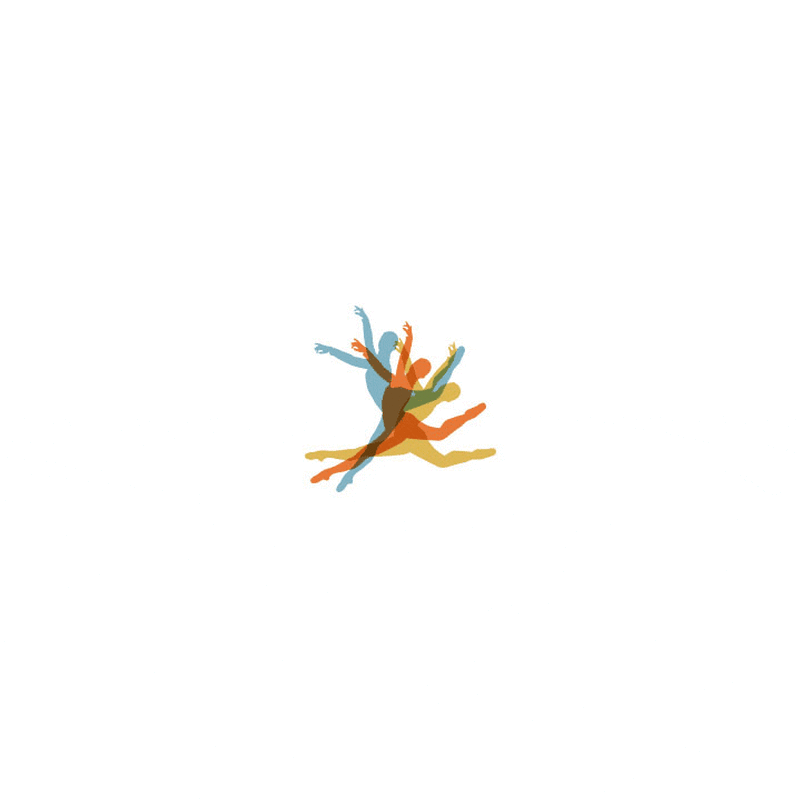Ballet Memphis gets historical with River Project 2: choreographer depicts women's pioneering roles
By Jon W. Sparks Posted October 17, 2013
Ballet dancers are accustomed to taking big steps. Leaps even, and graceful ones. For Ballet Memphis company member Julie Marie Niekrasz, however, the leap she’s making in “River Project 2” is the biggest yet. She is choreographing her work “Corps de Fortitude,” and it’s her first main stage piece for Ballet Memphis. It’s one of three works premiering at “River Project 2,” a celebration in movement of the culture, history and impact of the Mississippi River.
Last October, Dorothy Gunther Pugh, founder and artistic director of Ballet Memphis, staged the first chapter with three new works inspired by the Mighty Mississippi. This weekend will see the premiere of another three works by Niekrasz, Julia Adam and Petr Zahradnícek. Adam has choreographed numerous pieces for Ballet Memphis, including one for last year’s “River Project.” Zahradnícek is choreographer in residence with the Milwaukee Ballet who created a work for Ballet Memphis’ “Taking Flight” program earlier this year.
Niekrasz is in her 10th year with Ballet Memphis but is a newcomer to the directing side of the business. “I never thought I’d choreograph,” she says, “but I’m a storyteller, and I can still tell a story even though it’s not with my body.” There’s always some trepidation in creating a new piece — “It’s hard to describe a city in movement” — but the more she immersed herself in the project, the more focused Niekrasz became.
“Dorothy gave me this assignment of St. Louis as Gateway to the West,” Niekrasz says. “I’ve been to St. Louis, but I did a lot of reading, including William Clark’s journals of his travels with the Corps of Discovery. ”It was illuminating.
Niekrasz hadn’t realized the extraordinariness of Sacagawea, the Shoshone teenager who saved the expedition more than once. “She was married, 16, pregnant and gave birth on this journey of thousands of miles,” Niekrasz says. “Sacagawea is the backbone of the piece even though she’s not literally represented.”
She devised a story about the 19th century pioneer women who moved their lives and their families to the West as well as the American Indian women who lived there. “The land is described as vast, fertile, abundant, bountiful and mysterious,” Niekrasz says. “That, to me, describes a woman.” One of her dance segments is inspired by the 1803 Louisiana Purchase. With music from Ravel, nine dancers portray this key event in westward expansion.Another scene represents the 1904 World’s Fair in St. Louis, a festive time with balloons and a century of moving the frontier, but in the background, a slow-motion dance of repression is taking place against the American Indians.
Weaving music into the piece is a live performance by singer Lee Taylor, as well as songs by W.C. Handy (“St. Louis Blues”) and Ike & Tina Turner’s “Keep on Pushing” with a gospel message of hope.It all fits in with what Niekrasz wants to achieve in developing her style and vision.“There are women lifting men,” Niekrasz says. “I wanted to show the women’s story with different styles, classical to very contemporary — we can do anything and do it well.”




